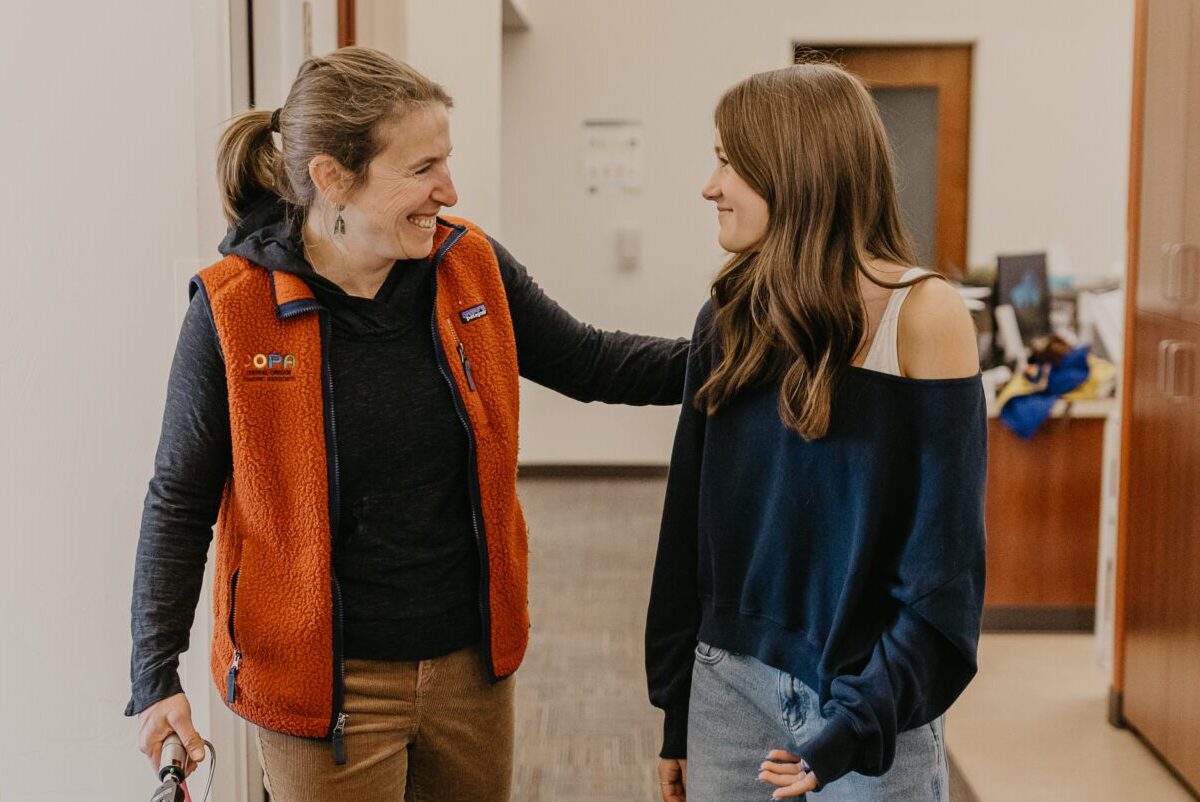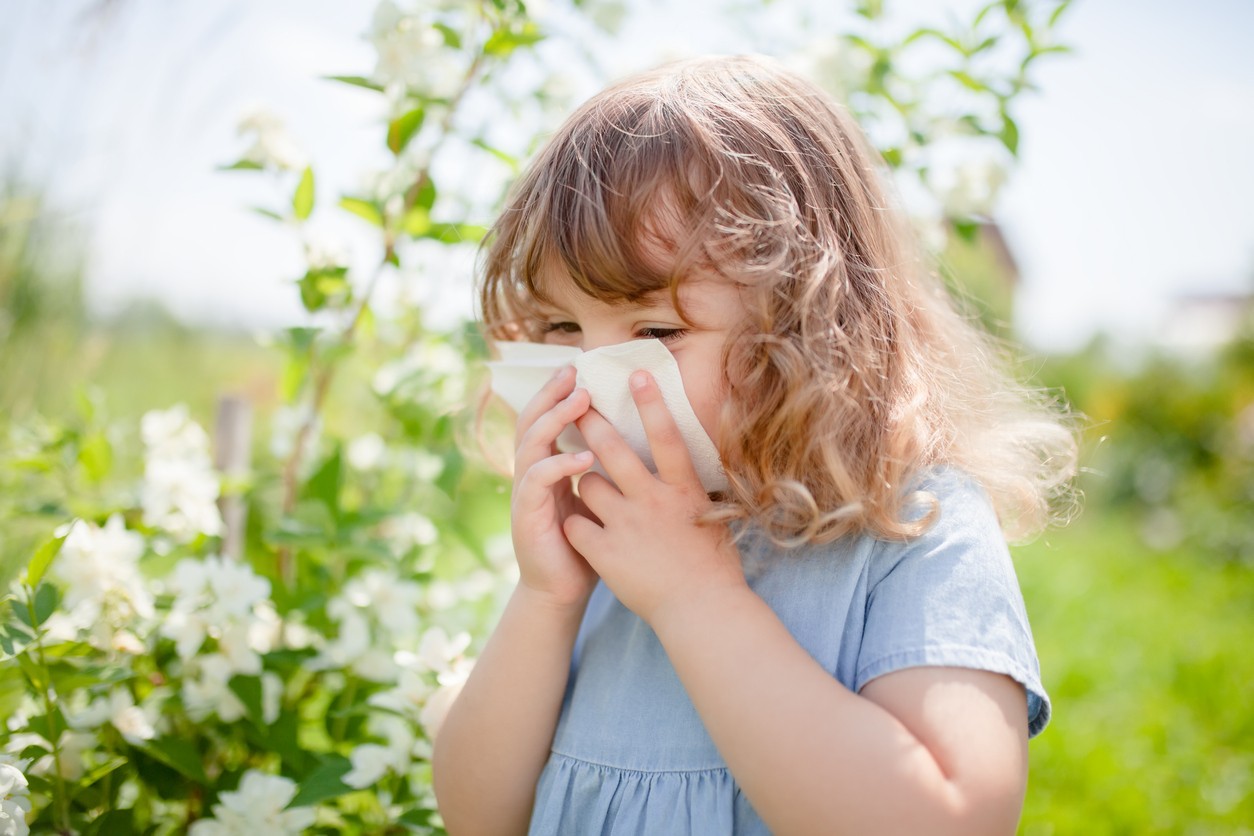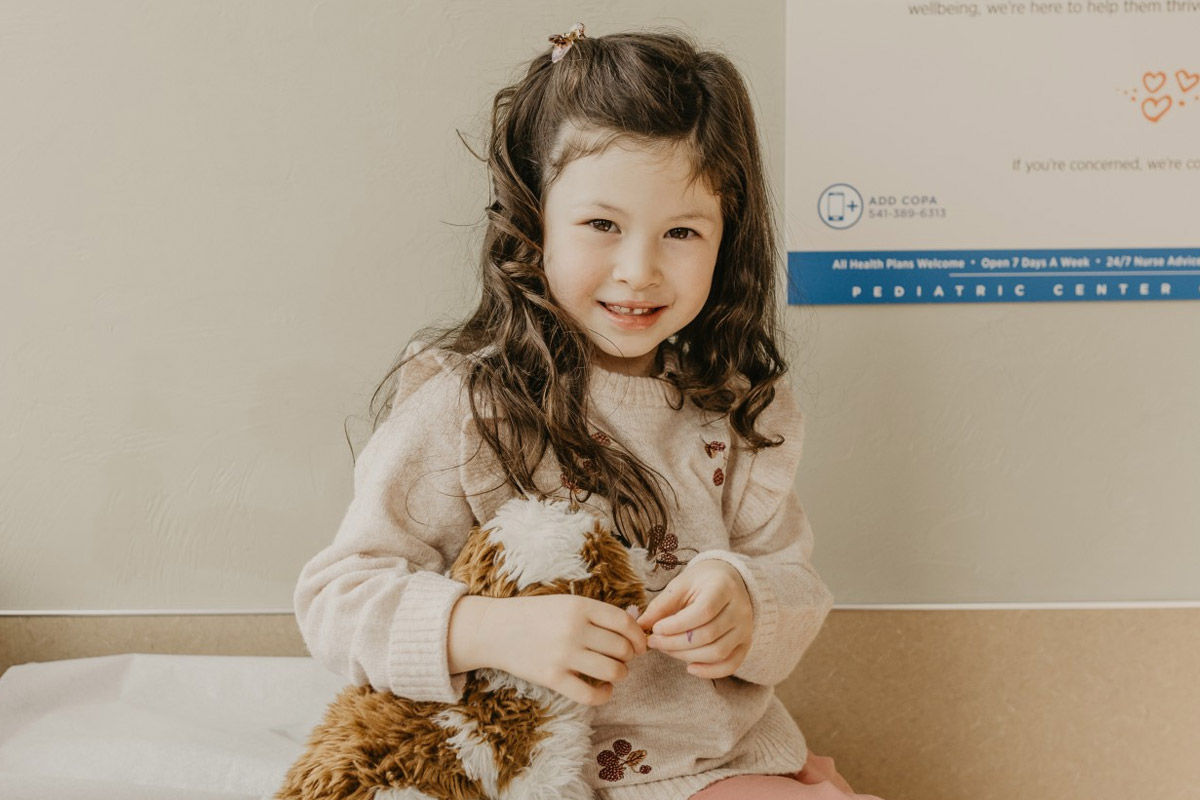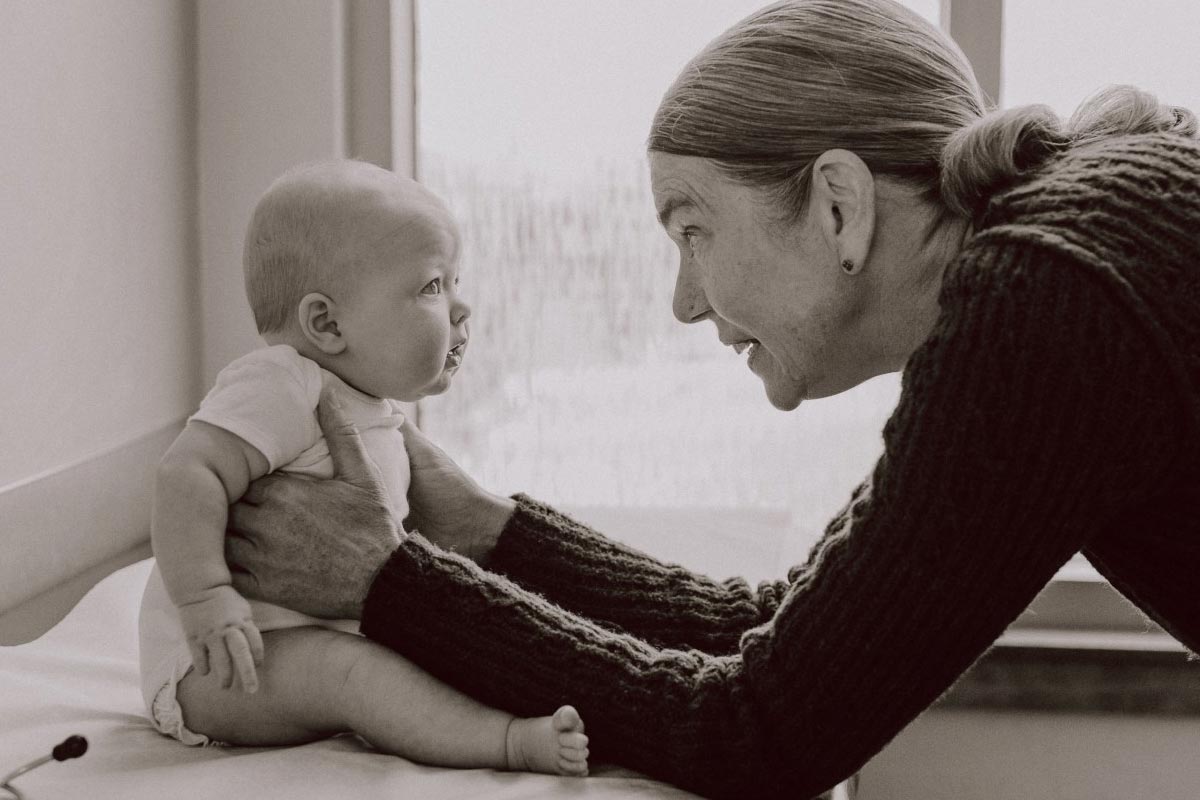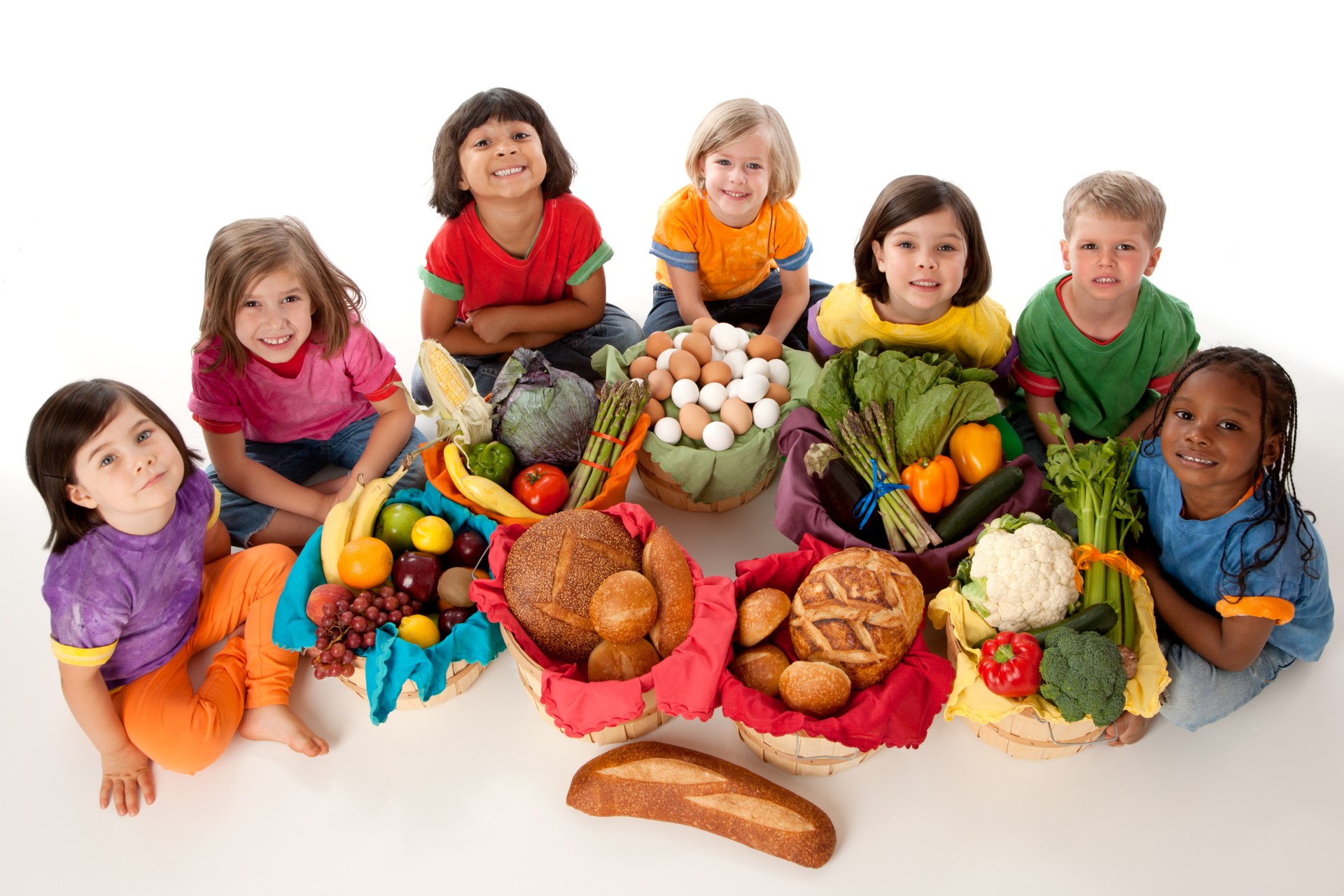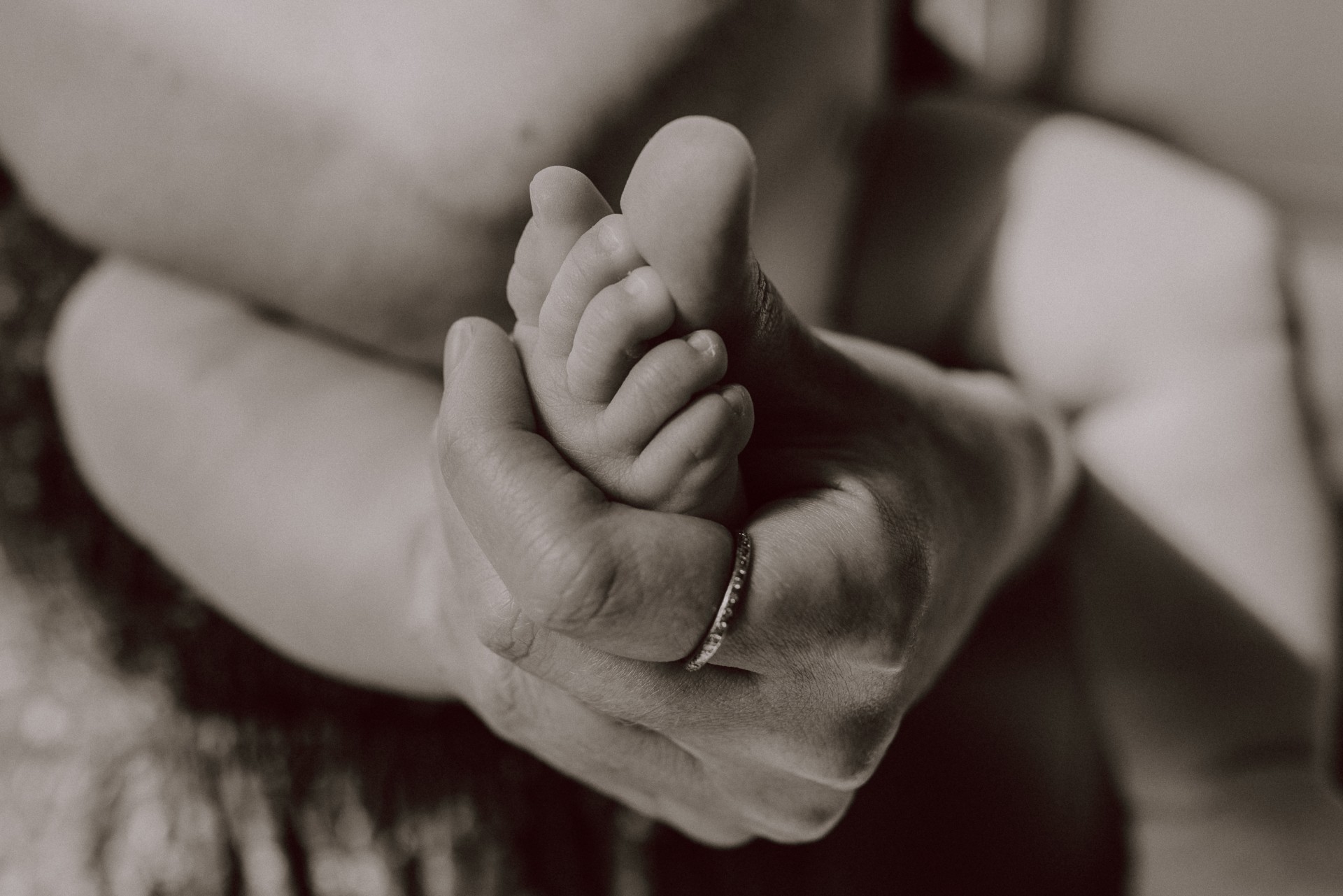Child Healthcare News
Explore expert advice, timely updates, and valuable resources to keep your child healthy and thriving.
How to Foster Positive Sibling Relationships
June 20, 2025
Sibling relationships are among the longest-lasting connections we experience in life. They can be full of laughter, love, and support—or, depending on the day, competition, conflict, and chaos. For parents, managing the ups and downs of sibling interactions can sometimes feel overwhelming. But with a little intention and guidance, families can create a home environment […]
Supporting Your Child’s Mental Health: Simple Strategies for Parents
June 17, 2025
As parents, we do everything we can to make sure our children are healthy, happy, and thriving. We take them to well visits, make sure they eat nutritious meals, and cheer them on from the sidelines at sports games and school events. But one of the most important areas of a child’s well-being—their mental and […]
Understanding and Managing Seasonal Allergies in Children
June 11, 2025
As the seasons change, many families look forward to spending more time outdoors—but for children with seasonal allergies, that fresh spring breeze or crisp fall air can bring more sniffles than smiles. It can be hard to see your child struggling with itchy eyes, a runny nose, or a nagging cough, especially when they just […]
Is My Child Anxious? Spotting the Signs and Offering Support
March 28, 2025
As parents, we all want our children to feel safe, happy, and confident as they navigate the world. But sometimes, worries and fears can take hold, leaving us wondering, Is my child anxious? Anxiety in children is more common than many realize, but with the right support, children can learn to manage their fears and […]
Understanding Childhood Speech Delays: When to Seek Help
March 28, 2025
As a parent, watching your child grow and reach new milestones is one of life’s greatest joys. Every smile, laugh, and first word feels like a major achievement. However, when speech development doesn’t seem to be progressing as expected, it can lead to worry and uncertainty. Understanding childhood speech delays and knowing when to seek […]
Best Nutrition Counseling Tips
March 28, 2025
1. Encourage a Regular Meal and Snack Pattern Children thrive when they have a consistent meal schedule. Having regularly scheduled meals and snacks helps children learn to trust their bodies and maintain their ability to listen to their hunger and fullness signals. In general, having 4-6 eating opportunities per day will help ensure your child […]
The Ultimate Guide to Introducing Solid Foods Without the Stress
March 14, 2025
Introducing solid foods to your baby is an exciting milestone, but it can also feel overwhelming. Parents often have many questions: When should I start? What foods should I introduce first? What if my baby refuses to eat? The good news is that introducing solids doesn’t have to be stressful. With the right knowledge and […]
What is Nutrition Counseling for Kids?
March 14, 2025
Nutrition counseling is provided by a nutrition expert, typically a Registered Dietitian Nutritionist (RDN). In your visit, the RDN will assess your child’s nutrition needs and offer individualized recommendations on diet changes to keep your child healthy. The RDN can help your child and family understand how nutrition affects overall health in a supportive, non-judgmental […]
Bonding with Your Newborn: Simple Ways to Build a Strong Connection
February 14, 2025
Welcoming a newborn into your life is a magical, life-changing experience. In those early days, you might find yourself overwhelmed with emotions—from sheer joy to moments of uncertainty. One of the most beautiful parts of this journey is bonding with your little one. This connection isn’t just about warm, fuzzy feelings; it’s the foundation for […]

